
Poor visibility is a danger to yourself and other motorists when out on the road. Misted windows can prevent you from getting a clear picture of the road. Do not move off in your vehicle until your glass is completely clear. It is dangerous, and if your visibility is impeded, it’s illegal.
We have already looked at the easy way to clean ice off your windscreen in a previous article, now it’s the turn of the dreaded mist, which can slow you down on a cold morning and even make you late for work. So what are our top tips for dealing with this difficult fog?
Table of contents:
- What Causes Condensation?
- How to Demist Your Windows
- Preventing Your Windows from Misting
- And Finally
What Causes Condensation?
Car windscreen and window misting is actually caused by the water vapour in the atmosphere, which heats up when your body and breath enters the cabin, increasing the moisture levels. Then when this heated, wet air comes into contact with the cold, smooth window, this moisture condenses and cools forming a mist.
Because of the temperature difference in the winter between your body heat and the ambient exterior coldness cooling your windows, the problem becomes a whole lot worse in the coldest months.
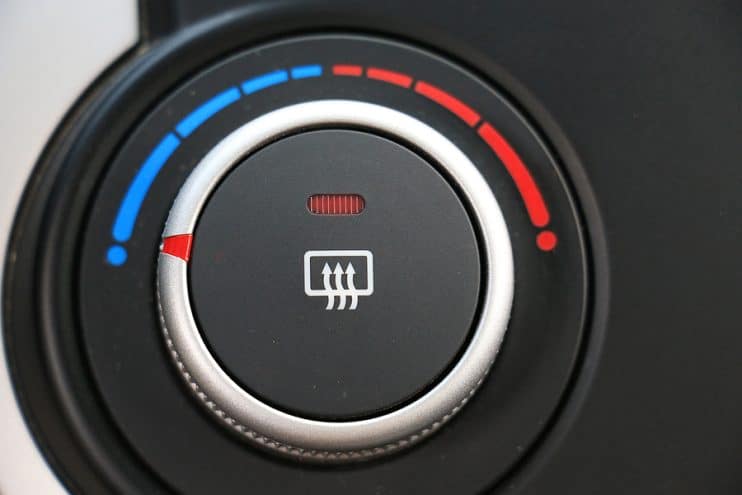
How to Demist Your Windows
Use your car’s demist feature
Often the automatic systems in your car are the best solution. Modern cars with a demist button use heated elements in the screens and pump airflow over the surface of the glass to demist the windows. Some of these are incredibly powerful and will clear the screen in a mere matter of moments.
Turn up your heater
Warm air can absorb more water than cold air and helps heat the vehicle up. Start off your heater on cold and then as the air in the car dries out, slowly ratchet up the temperature rather than trying to overload your cabin with hot wet air.
Play around with the controls until you find a level of humidity and temperature that makes you comfortable without misting up the windows. Directing your airflow from the blowers towards the window will also help by heating up the glass and drying the surface.
If you are not in a rush then simply use the heater to warm yourself and your passengers up, which will mean the windows take a little longer but over time you will be more comfortable.
Turn on the air conditioning
Whilst this might sound like a counter-intuitive step the air con will actually dry out the air in your car removing the water vapour. Use it conjunction with the heater for the best results. Hot air dries the glass but the cooled air could condense on it once again. The air con stops this cycle from happening.
If your windscreen is covered in ice then heat is obviously important – but why not give the poor old heater a fighting chance and clear off your windows with the scraper first.
Turn off your air recirculation
Air outside your frosty cabin is already cold and doesn’t contain as much water vapour. It’s better to pull in the colder, drier air from outside rather than circulating warm air, which is liable to pick up more vapour as its warmer.

Open a window
Wind down a window, or use the electric switch, and you’re bringing in the dry air from outside, like when you turn off the recirculation. You don’t need to invite in the entire outside atmosphere, just a small crack will do.
This is the old fashioned way that everyone used to adopt in the days before fancy climate control systems. It’s a fast way to use the drier, colder air from outside to drive out the warmer wet air from inside and stop the windows misting up.
Once the windows are clear you can warm up the car with the heater to a temperature that suits you and the rest of the passengers in the car. And whilst you should never pull away when you have impaired vision, the window trick can be useful when you are out on the open road and the windows of your car start to mist up.
Let the Car Get Ready
If you’re waiting for the car to demist in the morning, it can be a good idea to wait outside the vehicle. Your breath is packed with warm and wet air, and can be a contributing factor in misting up the windows. Of course, if you are going to leave your vehicle running with the keys in the engine, don’t stray too far as an opportunist could jump behind the wheel and drive off.
What Not to Do
If it is raining outside then it’s not advisable to try to use the window trick and we would advise you to never try to clean the window with your sleeve or hand as this will only work for a few seconds before more vapour condenses from your next breath.
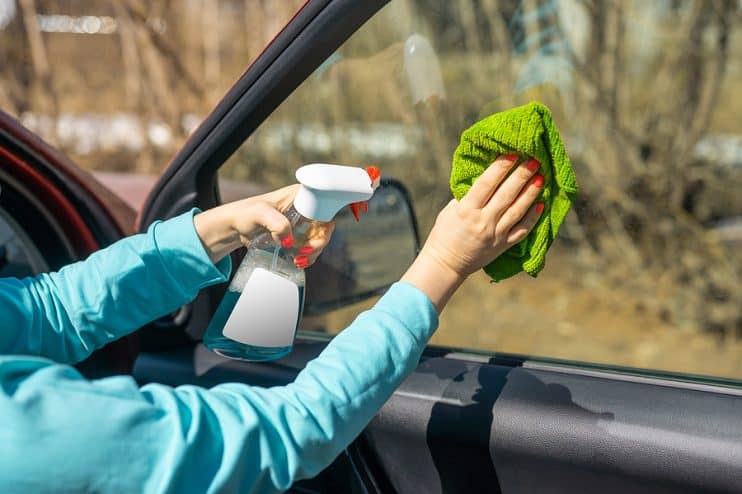
Preventing Your Windows from Misting
Keep Your Windows Clean
Wash your windows regularly to remove dirt particles as these can become a focal point for moisture, helping it collect on your windows and obscuring vision.
Store Damp Items in the Boot
Put your damp items like coats and towels in the boot of your car or in a plastic bag so that the water vapour evaporating from them when they dry off doesn’t condense on the windows.
Use a Solution
You can purchase anti-fog solutions that can be applied to the inside of the window, which helps form a barrier, stopping windows from misting up.
Shaving Foam or Gel
Cleaning your window with shaving foam or gel can create a protective barrier that stops the moisture from settling on your window. Whilst the levels of protection are short-lasting and will need regular replacement, this can help with those fast starts on cold mornings.
The Sock Trick
A classic for anyone on a budget. Fill up a sock with absorbent cat litter and make sure you tie off the end. The material will soak up the excess moisture in the air and slow the misting of your windows.
A Portable Dehumidifier
Purchase a small dehumidifier and put it in your vehicle. This stops the air in your car from becoming overly humid and sucks out the moisture before it hits the window.
And Finally
As with most things to do with your vehicle, with a little preparation and hard work you can make sure that the difficulties with demisting are kept to a minimum and you get a nice clear view on the way to work.


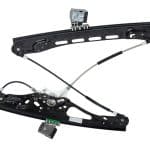
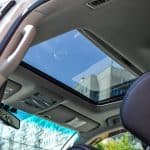
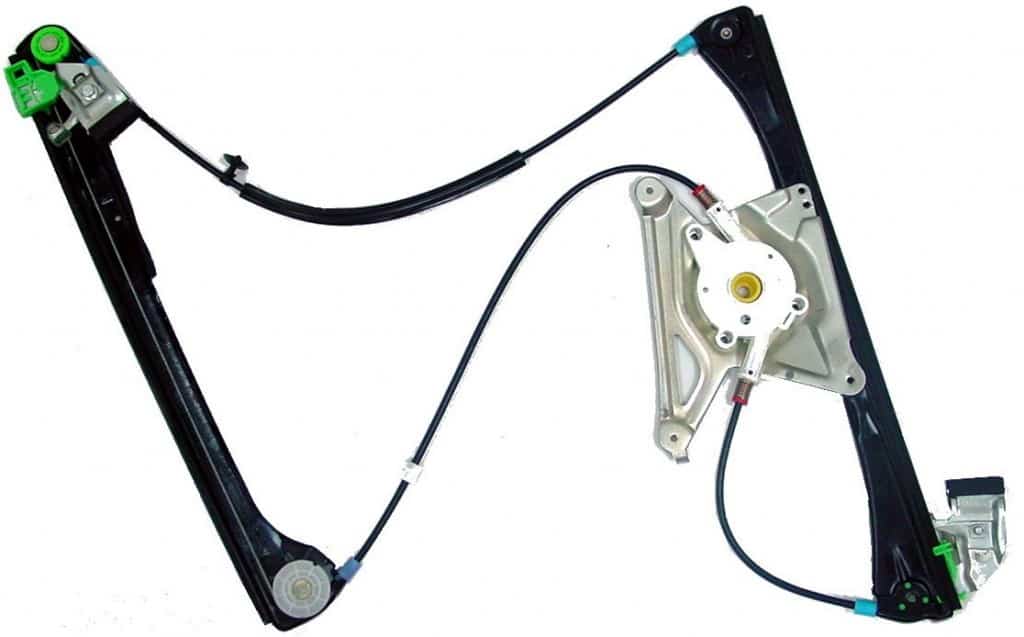
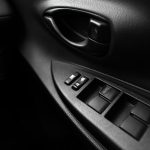
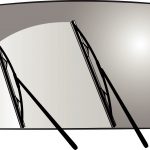
.png)
Pingback: 11 Ways to Help Keep Your Car Clean This Winter - BreakerLink Blog